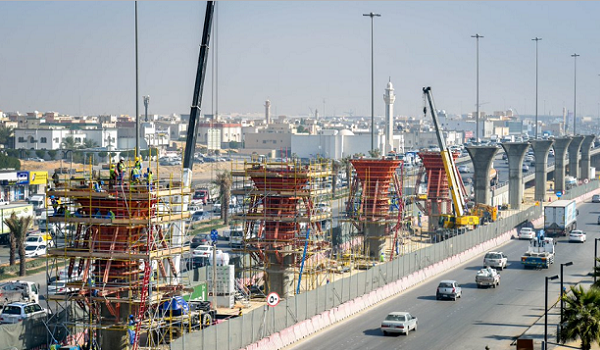Islamabad: The Planning Commission has presented the revised proposal for the Punjab Arterial Roads Improvement Program (PARIP) to the Executive Committee of the National Economic Council (ECNEC), according to a news source reported on December 11.
Read: CDWP approves development projects, refers to ECNEC
As per the details, the rationalised cost of the project stands at PKR 188.807 billion (USD 662.607 million), including a Foreign Exchange Component (FEC) Loan amounting to PKR 158.144 billion (USD 555 million).
The ECNEC approved the rationalised PC-I on August 05, 2023, at an exchange rate of 1 USD = PKR 284.9457, with a total project cost of USD 662.607 million.
Financing Structure:
- Federal / Provincial / Self Finance: 16.24% (Government of Punjab)
- Foreign Aid (Grant / Loan): 54.08% (Asian Development Bank (ADB) and 29.68% (Asian Infrastructure Investment Bank (AIIB)
Official documents indicate that ECNEC’s approval is sought for the project, emphasising the Government of Punjab’s review of Corridor-03 alignment in light of proposals for the Lahore-Vehari / Bahawalnagar Motorway.
The PARIP project aims to construct a 452-kilometer dual carriageway, connecting various cities in the Punjab province. The scope encompasses rehabilitating existing carriageways, constructing new second carriageways within available Right of Way (RoW), and acquiring additional land when necessary.
Urban Areas Served by the Three Corridors:
Corridor 1: This 199-kilometer road starts from Chichawatni and passes through Kamalia, Pir Mahal, Rajana interchange, Shorkot Cantonment, Shorkot, Garh Maharaja, Garh More, Chobara, Chowk Azam, and Layyah. It serves as a vital link between National Highway N-5, M-3, M-4, and Indus Highway N-55.
Corridor 2: Covering 103-kilometre, this route begins at Chiraghabad Interchange on M-4, passing through Jhang Bypass, and ends at Shorkot City.
Corridor 3: Spanning 150-kilometre, this road starts from Depalpur, passing through Pakpattan, Arifwala, and Burewala, and ends at Vehari.
Read: ECNEC approves projects aimed at infrastructure advancement
All corridors involve various construction components such as bridges, flyovers, culverts, pedestrian bridges, retaining walls, drainage works, toll plazas, and road furniture.
The project also includes land acquisition, resettlement, utility shifting, and the establishment of a Project Management Unit, Quality Control Lab, and an advanced Asphalt Mix Design & Quality Assurance Lab.








